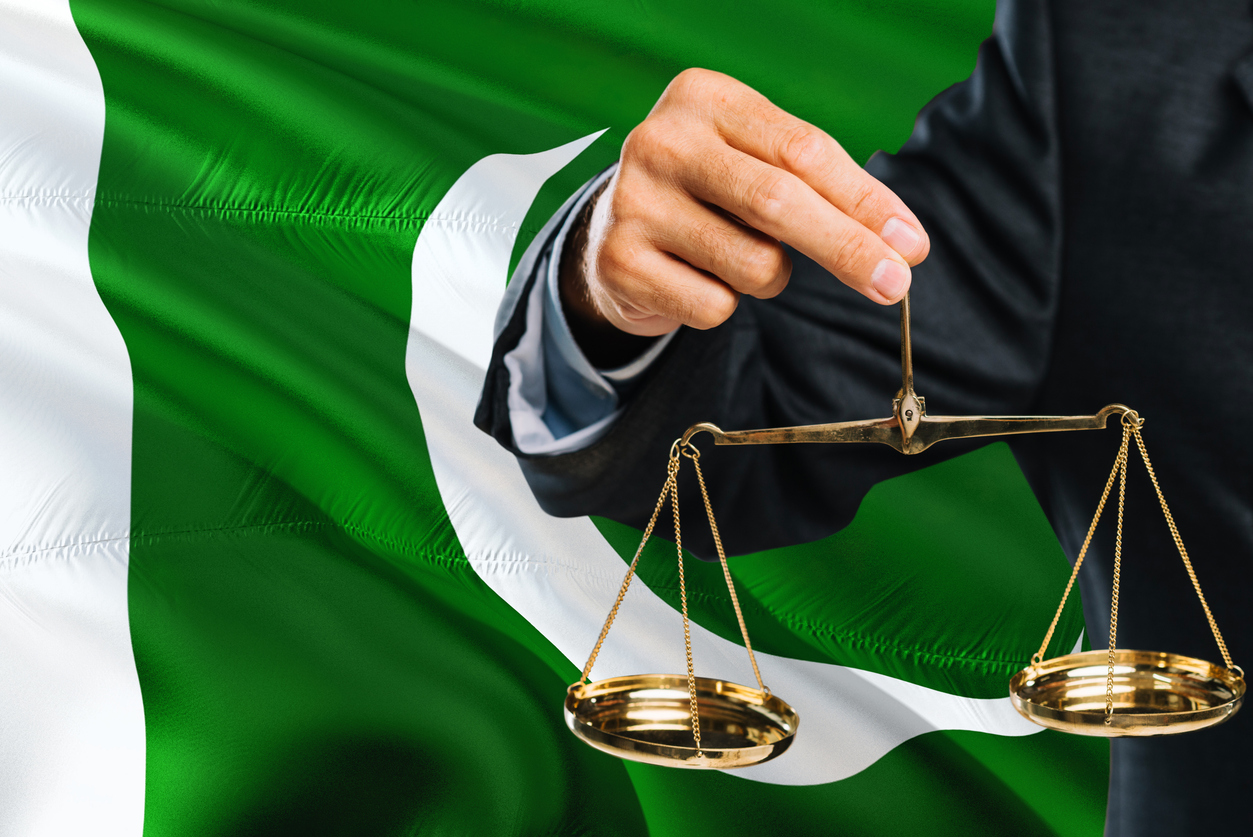Time Period: 2007-09
Location: Pakistan
Main Actors: National Action Committee of Lawyers, Pakistan Bar Association, Supreme Court Bar Association of Pakistan, Pakistan Muslim League (Nawaz) party, Ifitkhar Muhammad Chaudhry
Tactics
– Assemblies of protest or support
– Refusal of pledges or oaths
– Walks and Treks
Pakistan suffered a major democratic decline in 1999 when General Pervez Musharraf seized power in a military coup. Musharraf’s government jailed and exiled opposition leaders, harassed and censored journalists and media companies, and declared several states of emergency that significantly restricted civil rights.
One key area of this assault on democracy under Musharraf was the judiciary. For example, an executive order in 2000 required judges to swear allegiance to military rule. Most importantly, in March 2007 Musharraf demanded, with no legal authority, that Chief Justice Ifitkhar Muhammad Chaudhry resign, to which Chaudhry refused. Musharraf then suspended Chaudhry from his post. This suspension sparked the emergence of a Lawyers Movement to counter Musharraf’s attacks on the independence of the legal system.
The Lawyers’ Movement used many creative tactics, including international appeals, SMS instructions to local leaders, and pro-democracy poetry. Much of the lawyers’ activism was coordinated through domestic and transnational lawyers associations and bar councils.
In March 2007, Chaudhry was beaten by police while walking to court to challenge his suspension. In response, Pakistan’s Supreme Court Bar Association called on Pakistanis to protest while carrying black flags and banners. Simultaneously, lawyers groups organized weekly strikes at courts staffed by loyalist judges. And between May and July 2007, Chaudhry toured bar councils across Pakistan and lectured on the rule of law. The protests and tours did much to galvanize ordinary Pakistanis into publicly opposing Musharraf’s assault on judicial autonomy.
Chaudhry’s case proceedings began in July 2007, during which time he was represented by some of Pakistan’s most prominent lawyers. The court ruled to reinstate him, which Musharraf accepted. However, Musharraf then suspended the constitution in October 2007, which he justified by citing the “chaos” resulting from the Lawyers’ Movement. Chaudhry and 60 other judges were removed from their posts. In response, the lawyers announced the Save Judiciary Movement in November 2007. Although Musharraf’s emergency rule temporarily inhibited protest activities (e.g., by arresting leaders and supporters), the movement swelled and its goals broadened to include Musharraf’s outright removal.
Under domestic and international pressure, Musharraf permitted the return from exile and campaigning of Pakistan’s two largest opposition leaders, Benazir Bhutto and Nawaz Sharif. During Pakistan’s 2008 election campaign, Sharif swore that he would restore the sacked judges, thus lending key political support to the lawyers’ cause. This was noteworthy in light of Nawaz’s history of complicity with Pakistan’s military dictator Muhammad Zia-ul-Haq. In July 2008, the protests against Musharraf grew to at least 40,000 people. Musharraf resigned a month later.
The Lawyers’ Movement did not stop at Musharraf’s resignation. After Benazir Bhutto’s assassination, her husband Asif Ali Zardari won the presidency. However, Zardari continued many of Musharraf’s authoritarian policies, including with respect to the judiciary. In response, the Lawyers’ Movement organized protests that grew to nearly 100,000 people by March 2009. In June 2009, Zardari was compelled to restore all of the sacked judges.
US democracy organizers may wonder whether lessons can be drawn from the Lawyers’ Movement. Pakistan was a somewhat open autocracy that became more autocratic after a military coup; its autocratization centered on judicial autonomy and states of emergency. By contrast, the US is a democracy that became more autocratic after free and fair elections, particularly in 2016; its autocratization centered on the integrity of elections and suppression of peaceful protest, among other changes.
In spite of these differences, Pakistan’s Lawyers’ Movement offers a model of unity in response to democratic decline. The US pro-democracy ecosystem is very diverse in its economic, racial, and religious composition. Such diversity arguably impeded pro-democracy leaders from responding in a united way to authoritarian threats during Trump’s presidency. By contrast, the Lawyers’ Movement united around a grievance (autocracy and its threat to judicial autonomy) and strategy (peaceful protests), although its leaders and members disagreed on economic, religious, and foreign policies. US democracy organizers may benefit from thinking in similarly simple and direct terms.
Where to Learn More
– Ahmed, Z. S., & Stephan, M. J. (2010). Fighting for the rule of law: civil resistance and the lawyers’ movement in Pakistan. Democratization, 17(3), 492-513.
– Chaudhry, I. M. (2008). Full text of the letter from Pakistan’s former chief justice. New York Times.
– Chu, H. (2008). Those are fighting words in Pakistan. Los Angeles Times.
– Hasan, A. (2007). Destroying Legality: Pakistan’s Crackdown on Lawyers and Judges. Human Rights Watch.
– Phelps, J. (2009). Pakistan’s Lawyers Movement (2007-2009). International Center on Nonviolent Conflict
– Traub, J. (2009). Can Pakistan Be Governed? New York Times Magazine.
You can access all the caselets from the Pillars of Support Project here.

